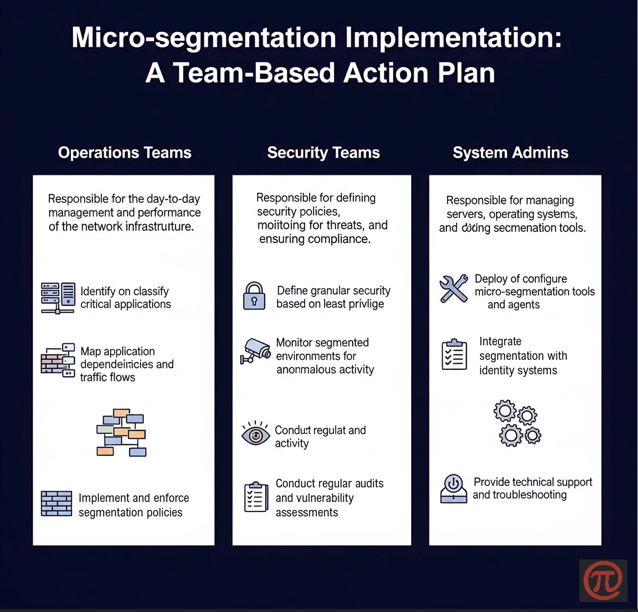1 min read
From AES to Ascon: How Permutation-Based Ciphers are Redefining Embedded Security in NIST SP 800-232
The proliferation of resource-constrained devices, central to the Internet of Things (IoT) and embedded systems, has introduced a significant...



